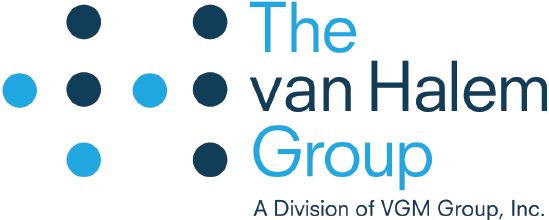Medicare released the final draft of the new Glucose Monitor LCD and Policy Article with an effective date of 4/16/2023. The change was completed after a response to comments for the LCD. This new policy revamps the current CGM coverage criteria with some highlights below.
Initial Coverage
The beneficiary for whom a CGM is being prescribed can be insulin treated, or non-insulin treated with additional criteria.
- The beneficiary is insulin-treated; or,
- The beneficiary has a history of problematic hypoglycemia with documentation of at least one of the following:
- Beneficiaries with non-insulin treated diabetes and a history of recurrent (more than one) level 2 hypoglycemic events.
- The treating practitioner must document at least one of the following in the medical record for each event:
- The glucose values for the qualifying event(s) (glucose <54mg/dL (3.0mmol/L)); or,
- Classification of the hypoglycemic episode(s) as level 2 event(s); or,
- Incorporate a copy of the beneficiary’s BGM testing log into the medical record reflecting the specific qualifying events (glucose <54mg/dL (3.0mmol/L)); and,
- Documentation of more than one previous medication adjustment and/or modification to the treatment plan (such as raising A1c targets) prior to the most recent level two event.
- The treating practitioner must document at least one of the following in the medical record for each event:
- Beneficiaries with non-insulin treated diabetes and a history of at least one level 3 hypoglycemic event
- The treating practitioner must document at least one of the following in the medical record:
- The glucose value for the qualifying event (glucose <54mg/dL (3.0mmol/L)); or,
- Classification of the hypoglycemic episode as level 3 event; or,
- Incorporate a copy of the beneficiary’s BGM testing log into the medical record reflecting the specific qualifying event (glucose <54mg/dL (3.0mmol/L)); and,
- An indication in the medical record that the beneficiary required third party assistance for treatment.
- The treating practitioner must document at least one of the following in the medical record:
- Beneficiaries with non-insulin treated diabetes and a history of recurrent (more than one) level 2 hypoglycemic events.
They also added the language that patient evaluations with the treating practitioner can in-person or Medicare-approved telehealth visit with the beneficiary.
Continued Coverage
Coverage criteria for continued coverage notes “the treating practitioner conducts an in-person or Medicare-approved telehealth visit with the beneficiary to document adherence to their CGM regimen and diabetes treatment plan every six (6) months following the initial prescription for CGM. Medicare indicated that there is no requirement for the treating practitioner to reconfirm the initial coverage are met for continued coverage.
Modifiers
For blood glucose monitors (codes E0607, E2100, E2101) and related supplies (codes A4233, A4234, A4235, A4236, A4244, A4245, A4246, A4247, A4250, A4253, A4255, A4256, A4257, A4258, A4259) and CGM devices (code E2102 or E2103) and supply allowance (code A4238 or A4239), the following modifiers must be added to the code(s) on every claim submitted:
- Use modifier KX if the beneficiary is insulin treated; or,
- Use modifier KS if the beneficiary is non-insulin treated.
Need help deciphering the new policy? We are here to help. Contact us today to learn more!
Blood Glucose Monitors and Supplies Compliance DME Documentation
Posted: March 6, 2023 by van Halem Group
Share it!

